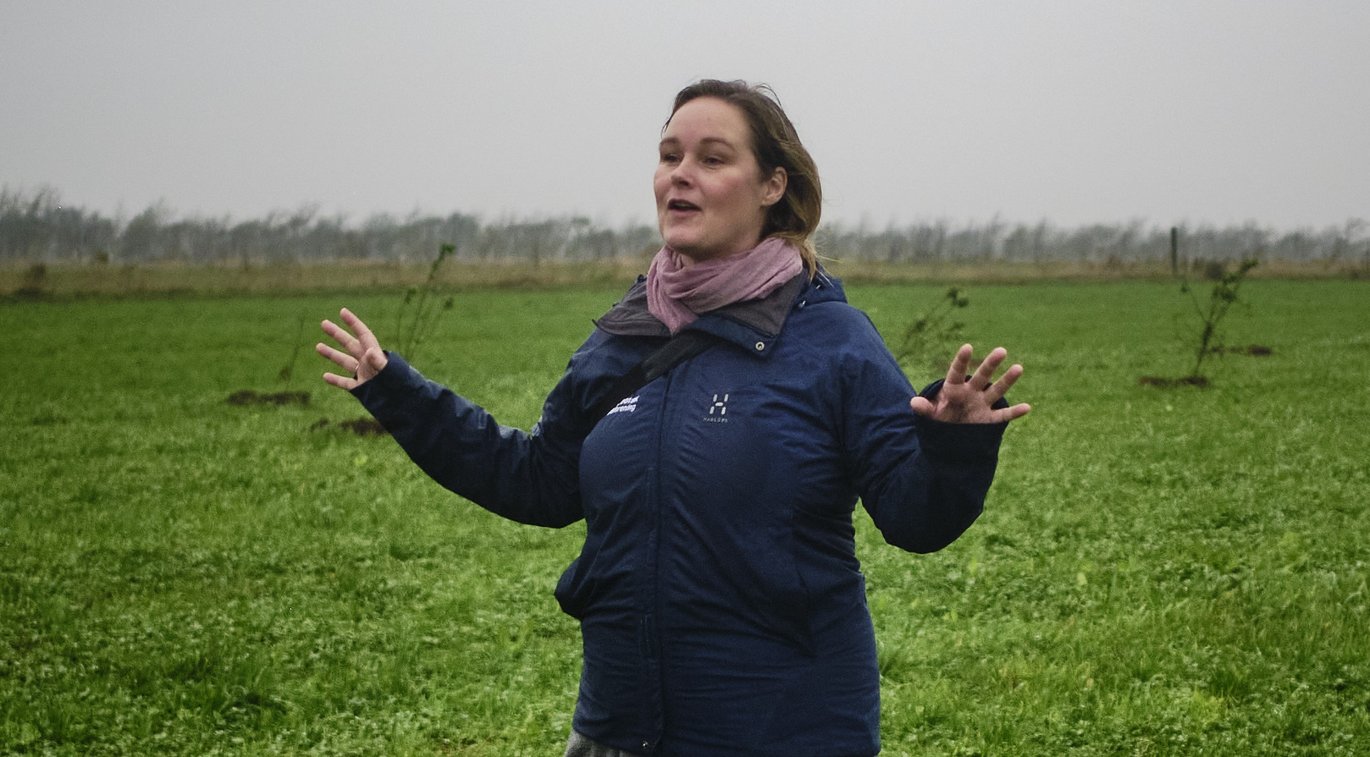Inspiration across borders is key to establish more mixed farming
Partner interview with Julie Rohde Birk from Innovation Centre for Organic Farming, Denmark, about how to get Danish farmers to adapt to agroforestry

Why is mixed farming and agroforestry important in your region / country?
The prospects for cultivating agroforestry in Denmark are great for several reasons. Denmark is one of the most cultivated countries in the world, surpassed only by Bangladesh. More than sixty percent of Denmark is under the plough, and that leaves incredibly little space for nature. With agroforestry, we can get a higher degree of biodiversity into the fields and create treelines between the often fragmented wild nature.
We also see, even here in the north, beginning signs of climate change in the form of longer droughts and more extreme rainfall. Trees can help retain water and thus protect the crops against these weather phenomena.
Finally, we are at a place in history where, fortunately, we have committed ourselves to lowering CO2 emissions. The trees can help farmers get their farm into climate balance, especially when we get better at calculating how much carbon the trees bind.
Which changes would you like to see in your region / country as a result of the MIXED project?
I would really like more farmers to be inspired by all the things going on around Europe within agroforestry. There is so much practical knowledge to be gained, and one of the project's noblest tasks, I think, is to ensure that these experiences are shared across national borders.
In Denmark, we do not yet have very many farmers who have planted trees in their fields. This is mainly due to the fact that they have no one to look up to and get inspiration from, because agroforestry is a big decision that requires you as a farmer to be very convinced that it is the right way to go. The establishment costs alone are enough to make many hesitate. Not least the banks. But I also see that once a farmer understands what agroforestry is, more often than not, they want to work with it. The times when I have taken Danish farmers abroad and shown them 'grown-up' agroforestry systems, they have been almost unstoppable.
What is something that is of particular relevance in Denmark?
Calculating how much carbon the trees bind is key to more farmers adapting to agroforestry because climate optimization is a primary challenge for all farmers. But more knowledge about agroforestry's effects on e.g. biodiversity and the environment is also important knowledge, of which we lack more. In Denmark, we have major problems with eutrophication of fjords due to nutrient discharge from agriculture, and it could be interesting to find out if agroforestry could remedy part of that problem.
